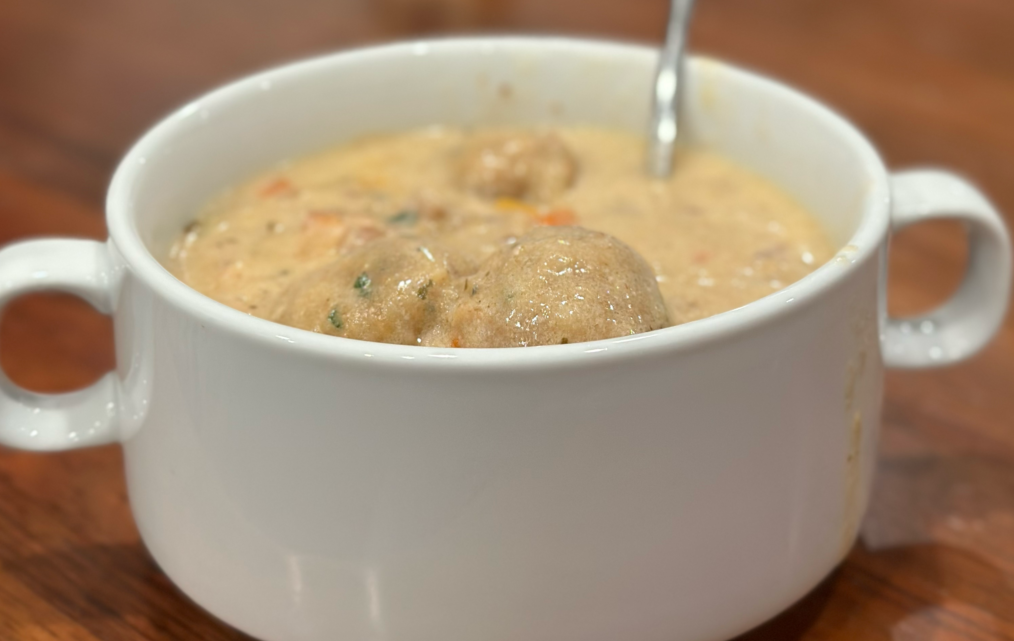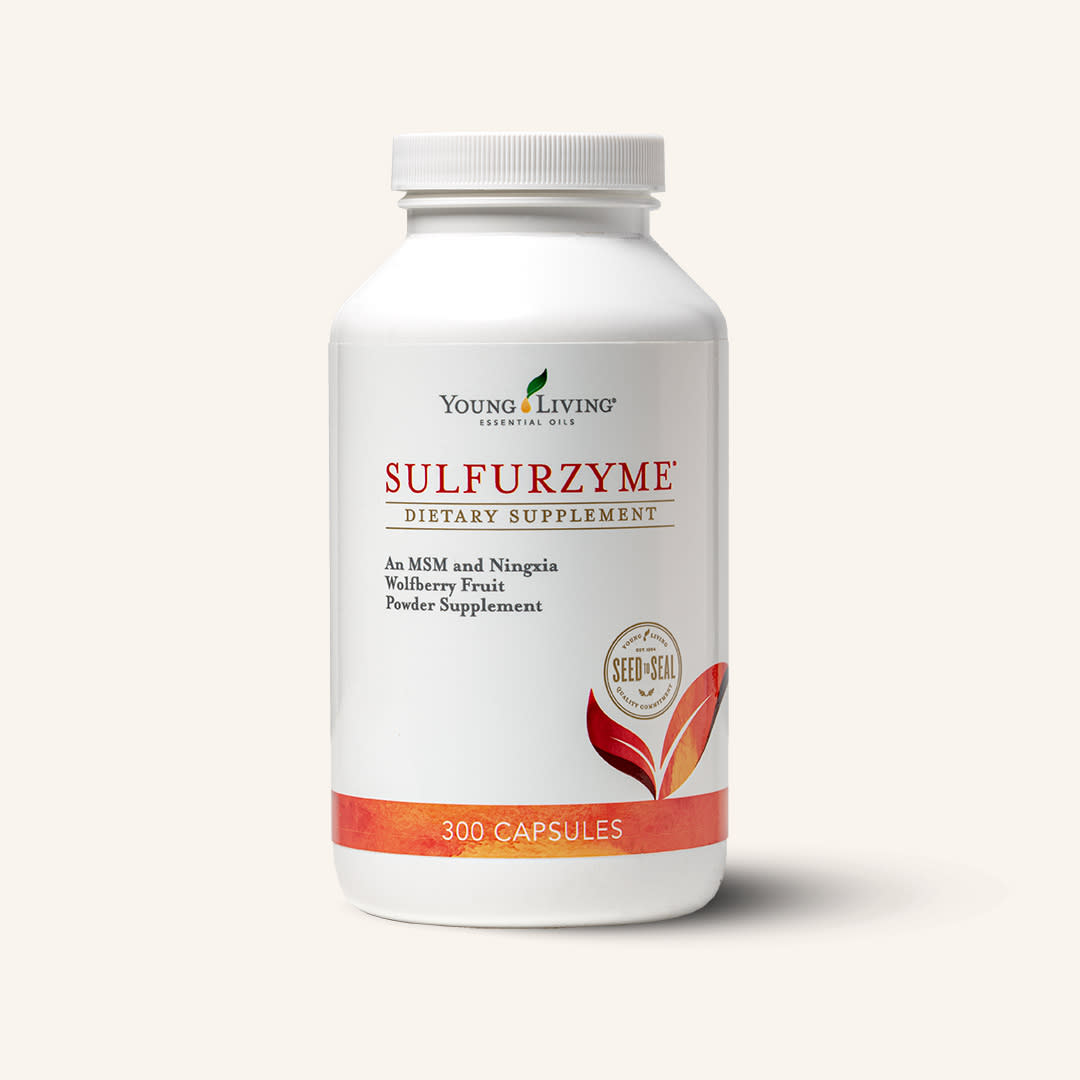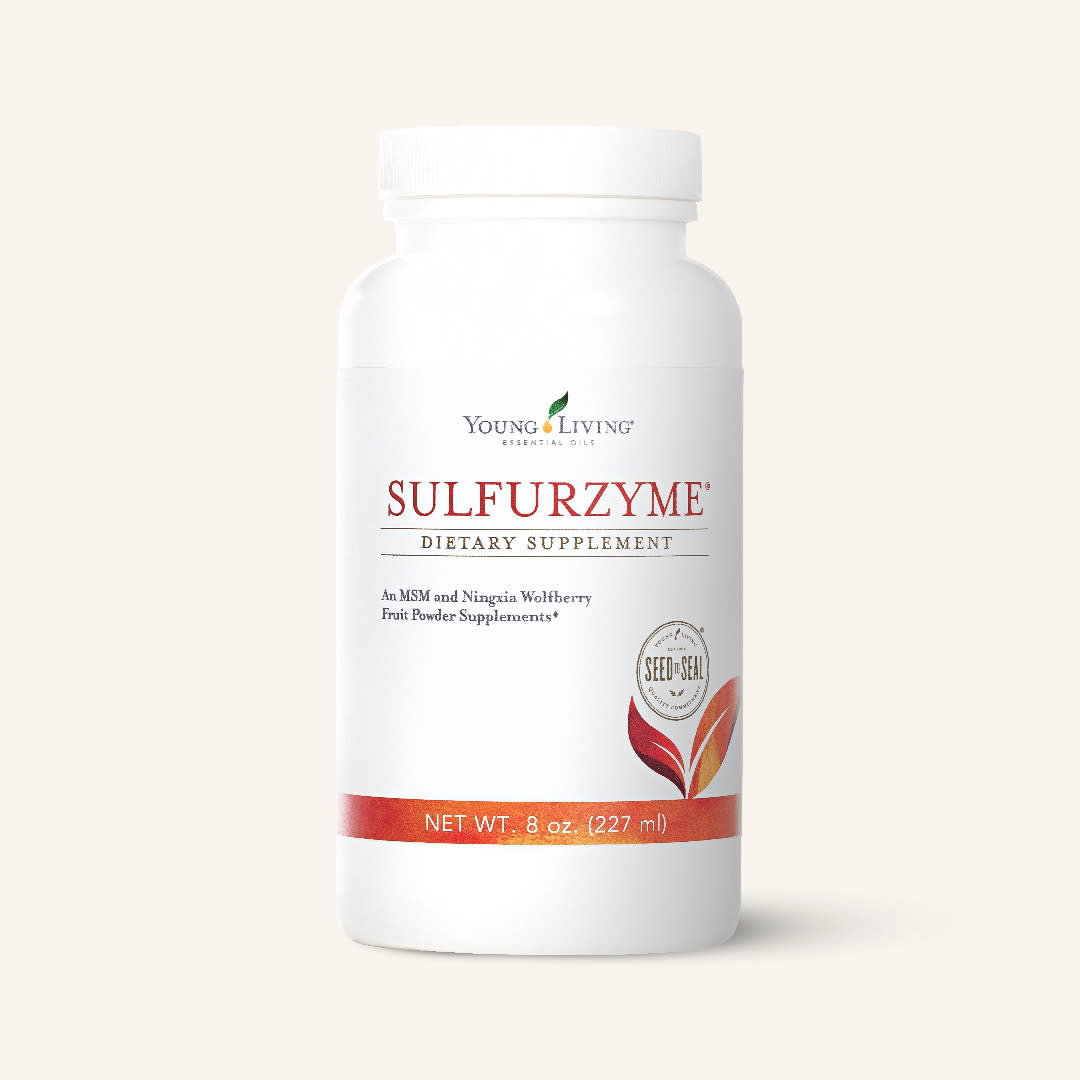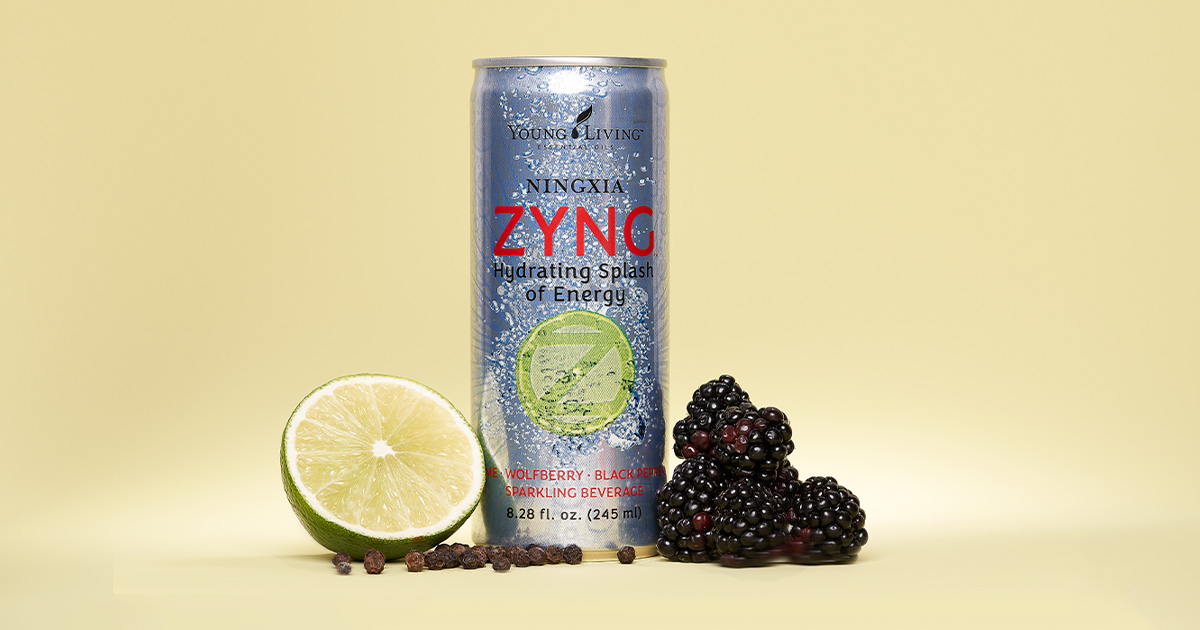Human Studies and Lifespan
Several human studies have examined the long-term effects of vegetable oils on health, providing critical insights into their potential risks. One of the most comprehensive studies in this field is the Minnesota Coronary Survey, conducted in the late 1960s by Dr. Ivan Frantz. This meticulously controlled study aimed to test the hypothesis that replacing saturated fats with polyunsaturated fats from vegetable oils would reduce the risk of heart disease and improve overall health outcomes.
The Minnesota Coronary Survey involved more than 9,000 participants, including men and women aged 20 to 97, who were either living in state mental hospitals or nursing homes. These settings allowed for precise control over the participants’ diets, ensuring that the intake of fats could be accurately monitored and adjusted.
Participants were divided into two groups: one group consumed a diet high in saturated fats, primarily from animal sources, while the other group consumed a diet high in polyunsaturated fats from vegetable oils. The primary goal was to observe changes in cholesterol levels and correlate these changes with the incidence of heart disease and overall mortality.
The results of the Minnesota Coronary Survey were surprising and counterintuitive. Although the group consuming vegetable oils did experience a significant reduction in cholesterol levels, this did not translate into improved health outcomes. The data, published in 1989, revealed that participants over the age of 65 who were on the vegetable oil diet had higher mortality rates compared to those on the saturated fat diet. This finding challenged the prevailing belief that lowering cholesterol through dietary means would necessarily lead to better health and longevity.
Another pivotal study that explored the long-term effects of vegetable oils is the LA Veterans Administration Hospital Study, which began in 1969. This eight-year study focused on older adults and sought to understand the impact of different types of dietary fats on heart disease and mortality rates. Participants included male veterans aged 55 to 89, who were either assigned to a diet high in saturated fats or a diet high in polyunsaturated fats from vegetable oils.
The LA Veterans Study provided a unique opportunity to examine the effects of these dietary interventions over a prolonged period. One of the key strengths of the study was its ability to control for various confounding factors, such as smoking, which allowed for a clearer assessment of the direct impact of dietary fats on health outcomes.
The findings of the LA Veterans Study mirrored those of the Minnesota Coronary Survey. While participants on the vegetable oil diet did see reductions in their cholesterol levels, this did not lead to a corresponding decrease in mortality. In fact, the study found that older adults on the vegetable oil diet had higher mortality rates compared to those consuming saturated fats, even though the vegetable oil group included fewer heavy smokers.
These studies underscore a critical point: lowering cholesterol through the consumption of polyunsaturated fats from vegetable oils does not necessarily improve lifespan or reduce the risk of heart disease. The higher mortality rates observed in these studies suggest that other factors, such as the oxidative stability of fats and their impact on inflammation and cellular health, play a crucial role in determining overall health outcomes.
Implications for Dietary Guidelines
The results of the Minnesota Coronary Survey and the LA Veterans Study have significant implications for dietary guidelines and public health recommendations. For decades, health authorities have advocated for the replacement of saturated fats with polyunsaturated fats from vegetable oils, based on the assumption that this would lower cholesterol and reduce heart disease risk. However, the evidence from these long-term studies suggests that this approach may not be as beneficial as once thought.
One possible explanation for the disappointing outcomes of these studies is the role of oxidative stress and inflammation. Polyunsaturated fats, especially those high in linoleic acid, are prone to oxidation, which can produce harmful compounds that contribute to inflammation and cellular damage. This oxidative stress may negate the benefits of lower cholesterol levels and contribute to higher mortality rates.
Furthermore, these studies highlight the importance of considering the overall quality and stability of dietary fats. Saturated fats, which are more resistant to oxidation, may provide a more stable and less inflammatory source of energy for the body. This stability could be a key factor in their association with lower mortality rates in the studies reviewed.
In light of these findings, it may be time to re-evaluate current dietary recommendations and consider the broader impacts of different types of fats on long-term health. Emphasizing the consumption of stable, natural fats, and reducing the intake of highly processed vegetable oils could potentially lead to better health outcomes and longevity.
Industrial Processing and Quality Concerns
The journey of seed oils from raw seeds to the bottled products on store shelves involves several complex industrial processes. These steps include extraction, refining, bleaching, and deodorizing, each of which can significantly affect the quality and safety of the final product. Understanding these processes and their impact on the oils is crucial for comprehending why seed oils may pose health risks.
Extraction
The first step in producing seed oils is extraction, which typically involves the use of mechanical or chemical methods to separate the oil from the seeds. Mechanical extraction, such as cold pressing, is less common for seed oils due to its lower yield. Instead, chemical extraction using solvents like hexane is widely employed. This method is efficient and cost-effective, but it introduces the risk of chemical residues remaining in the oil.
Refining
Once the oil is extracted, it undergoes refining to remove impurities, free fatty acids, and other undesirable components. The refining process includes several stages:
- Degumming: This step removes phospholipids and other gummy substances by treating the oil with water or acid.
- Neutralization: Free fatty acids are neutralized using an alkaline substance, typically sodium hydroxide. This helps reduce the oil’s acidity and improve its stability.
- Bleaching: The oil is treated with bleaching earth or activated carbon to remove pigments, trace metals, and oxidation products. This stage helps improve the oil’s color and appearance.
High-Temperature Processing
One of the most critical and concerning aspects of seed oil production is the exposure to high temperatures during various stages of processing. High temperatures are used extensively to enhance the extraction efficiency and refine the oil, but they also accelerate the oxidation of polyunsaturated fats (PUFAs) present in the oils.
During the deodorization phase, oils are heated to temperatures as high as 260°C (500°F). This high-temperature treatment is necessary to remove volatile compounds that cause undesirable odors and flavors. However, it also significantly increases the levels of toxic compounds in the oil. The high heat can cause the breakdown of PUFAs, leading to the formation of harmful byproducts such as trans fats and aldehydes. These compounds are associated with various health risks, including inflammation, cellular damage, and chronic diseases.
Storage and Oxidation
Even after processing, seed oils remain highly prone to oxidation. Oxidation can occur during storage, especially when oils are exposed to light, air, and heat. The susceptibility of seed oils to oxidation makes them less stable compared to saturated fats like butter and coconut oil, which are more resistant to oxidative damage.
The process of oxidation leads to the formation of lipid peroxides, which further break down into secondary oxidation products, including aldehydes and ketones. These oxidation products are not only harmful to health but also affect the taste and shelf life of the oils. Consuming oxidized oils can lead to the intake of these harmful compounds, contributing to a range of health issues.
Health Implications of Oxidized Oils
The consumption of oxidized oils has been linked to several chronic health problems. When ingested, oxidized fats can cause oxidative stress and inflammation in the body. Oxidative stress occurs when there is an imbalance between free radicals and antioxidants, leading to cellular damage. This process is a key factor in the development of chronic diseases such as cardiovascular disease, diabetes, and cancer.
Inflammation triggered by oxidized fats can also contribute to metabolic disorders and neurodegenerative diseases. The toxic compounds formed during the oxidation of PUFAs, such as 4-hydroxynonenal (HNE) and malondialdehyde (MDA), can interact with cellular components, causing mutations and disrupting normal cellular functions










